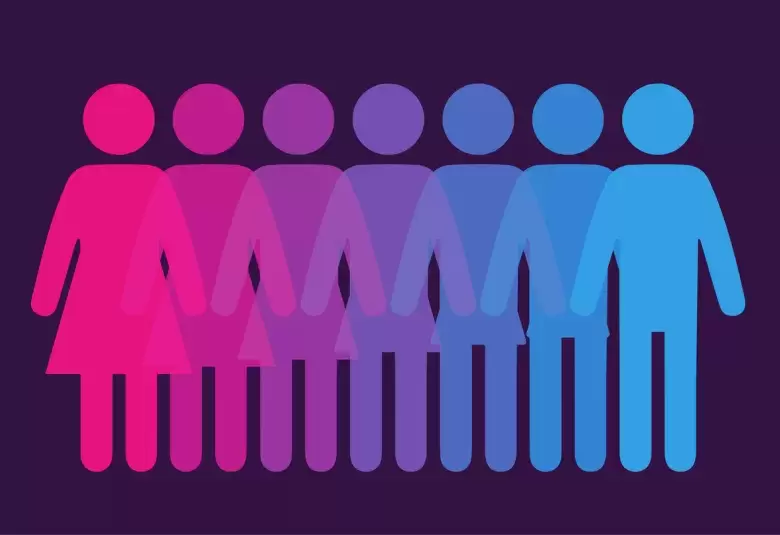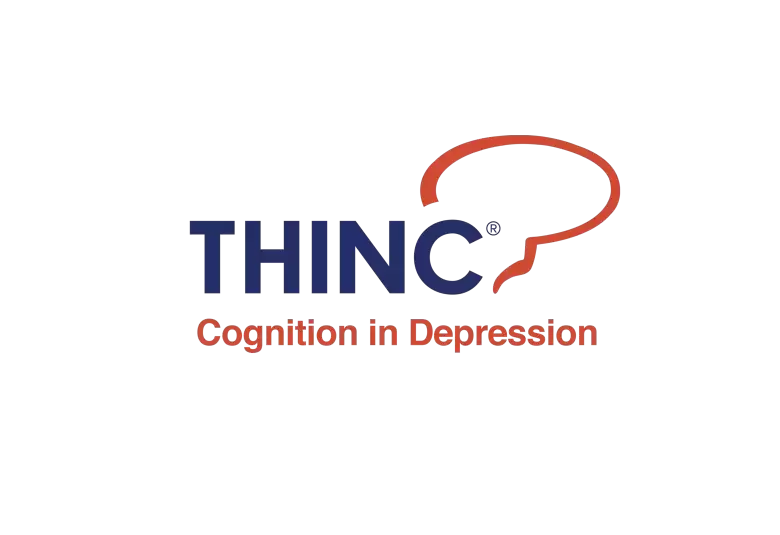Understanding the barriers to achieving the best possible care for patients with migraine is key to improving the migraine burden for patients and their families and lowering the years lost to disability due to migraine worldwide. These barriers, which occur at the patient, physician, and healthcare system level, were elucidated by renowned world expert in migraine, Professor Peter Goadsby, London, UK, in a thought-provoking satellite symposium at EAN 2021.
Many patients with migraine who are eligible for preventive therapy are not receiving it, said Professor Goadsby.
Less than 1 in 5 patients with migraine experiencing at least four headache days/month receive preventive therapy
- A 2007 study revealed that of 39% of people with migraine identified as eligible for preventive treatment, only 13% were treated with a preventive1
- A 2020 study found that less than 20% of patients with migraine who were experiencing at least four headache days/month received preventive therapy2
A variety of barriers explain why these patients eligible for preventive migraine therapy are not receiving it, said Professor Goadsby. These barriers arise at three different levels—at the patient level, at the physician level, and at the healthcare level.
Patient barriers
Patients learn to live with headache despite the interference with their daily lives
One of the barriers arising at the patient level is recognition by patients that their disabling and incapacitating migraines can be improved, said Professor Goadsby. They are used to living with migraine, especially if there is a family history, and they lie down and stop their normal activities when they are severe.
Professor Goadsby explained that in his experience patients like this who might report severe migraine headaches for around 8 days a month and moderate headaches for a further 5 days a month often have headaches on many other days in the month. As a result, they have become used to having a headache and learn to live with it.
Physician barriers
Most primary care physicians are not familiar with the efficacy and safety data for preventive migraine therapies
The migraine pharmacologic toolbox contains many different types of preventive therapy with different mechanisms of action, said Professor Goadsby, including:
- Amine modulators such as beta-blockers, serotonin antagonists, tricyclics, and serotonin-norepinephrine reuptake inhibitors
- Anticonvulsants
- Calcium channel blockers
- Angiotensin converting enzyme inhibitors and angiotensin receptor blockers
- Anti-calcitonin gene-related peptide (CGRP) monoclonal antibodies
- Onabotulinum toxin type A
- Nerve blocks
- Neuromodulation
Deciding which therapy to prescribe can be a daunting task for the primary care physician or general neurologist who is not familiar with all the efficacy and safety data, commented Professor Goadsby. At this point, patients eligible for migraine preventive therapy will often be referred to a headache specialist for a decision on preventive therapy.
Healthcare systems
Preventive therapies targeting CGRP improve quality of life for patients and lower the years lost through disability
Healthcare budgets are limited, and this has restricted the use of new preventive therapies targeting CGRP for all migraine patients eligible for preventive therapy because they are more expensive than existing preventive therapies.3
However, these costs should be weighed against the improved quality of life for patients4 and lowering the years lost through disability.5 Headache specialists need to make this clear to insurers, healthcare providers, and governments, said Professor Goadsby.
It is therefore important to empower patients and physicians and educate health technology groups to achieve change to improve life and reduce the burden of patients with migraine, concluded Professor Goadsby.
This satellite symposium was funded by Novartis
Our correspondent’s highlights from the symposium are meant as a fair representation of the scientific content presented. The views and opinions expressed on this page do not necessarily reflect those of Lundbeck.




